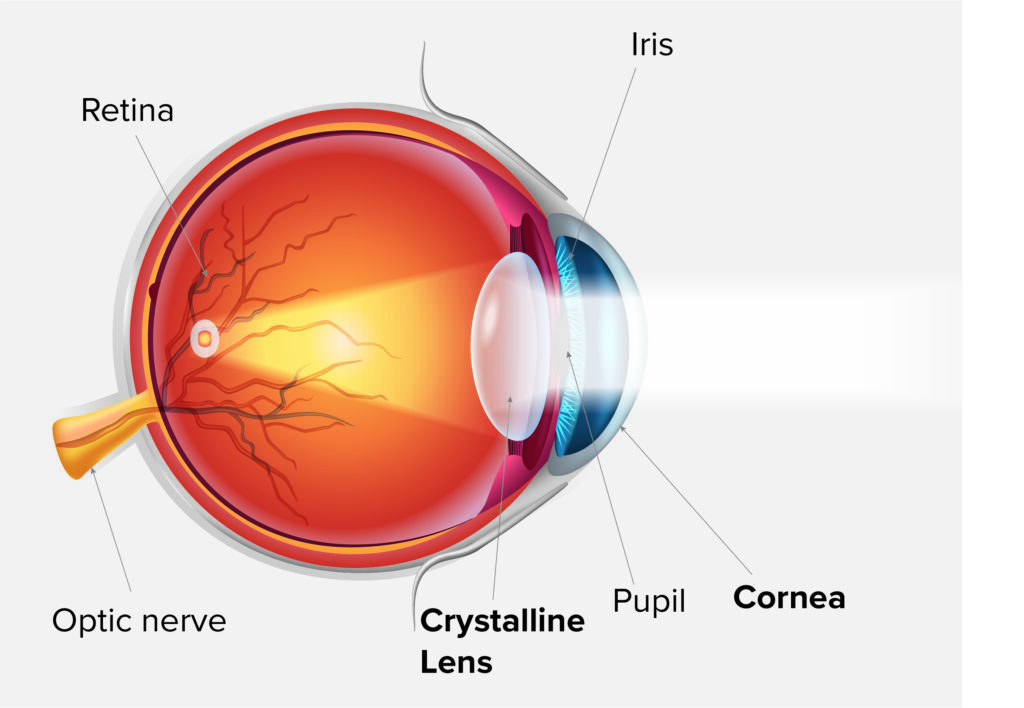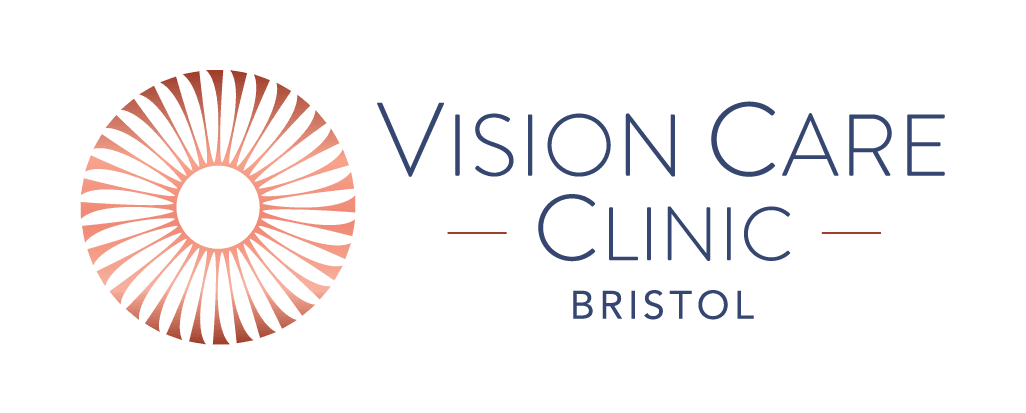How Your Vision Works
For individuals with good natural vision, light travels through the cornea, the clear outer covering of the eye, into the eye via the pupil and then through natural crystalline lens. Together these refract the light to focus on the retina, at the back of the eye, which transmits the image to the brain.
Glasses and contact lenses work with your eyes natural shape to change the refraction of light for improved vision.
However, some patients unfortunately experience more complex issues, affecting their quality of vision and are often not successfully corrected by standard visual aids. Our specialist eye consultants can diagnose and advise on other relevant treatments.

Vision Disorders
Short-sight
Shortsight or myopia, is the most common type of refractive error and is estimated to affect distance vision for up to 30% of young adults in the UK.
Learn More
Long-sight
Hyperopia is also known as longsightedness and predominantly affects near to intermediate vision; however, can often lead to full time glasses wear.
Learn More
Astigmatism
Astigmatism refers to an irregular corneal shape, where the curvature varies in the horizonal and vertical axis, rather like a rugby ball.
Learn More
Presbyopia (Reading)
Presbyopia occurs as the eye ages and the crystalline lens inside the eye, becomes less flexible. This effects the ability to change focus to near vision.
Learn More

